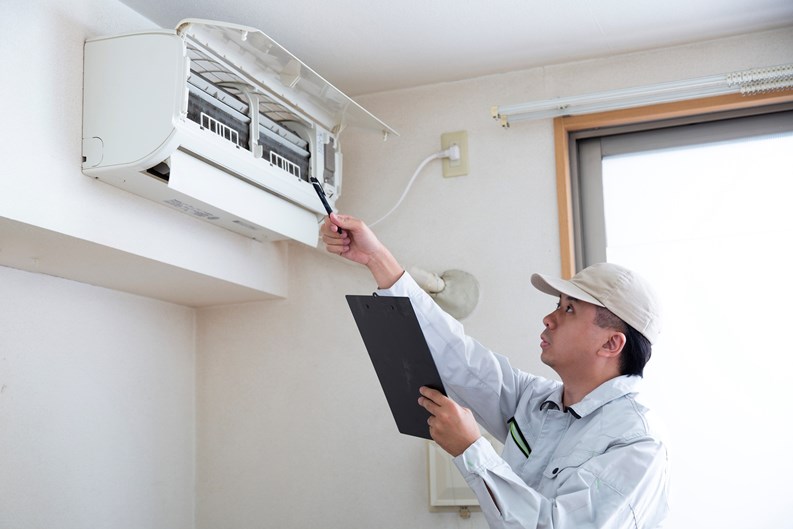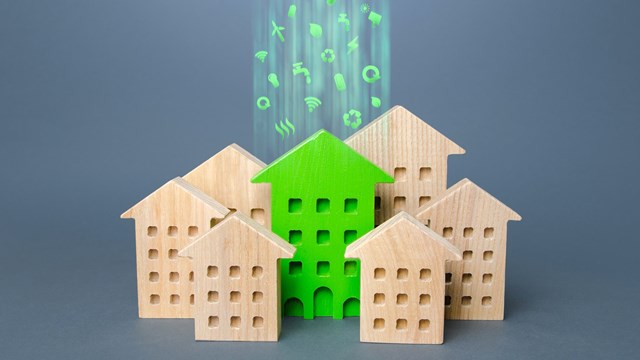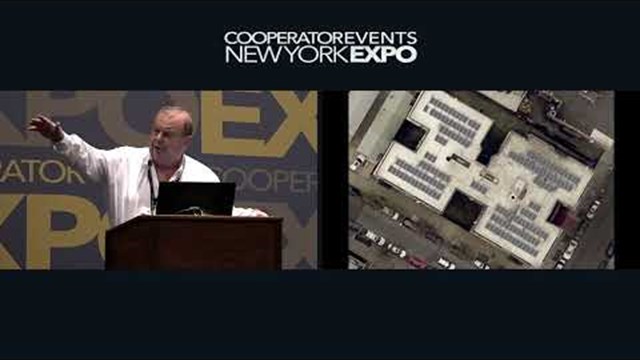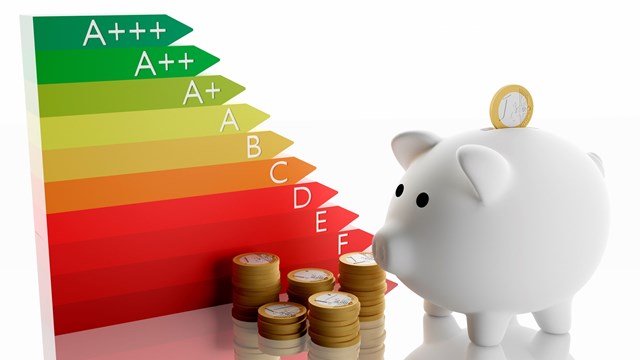Property owners and managers are no strangers to wearing many hats, but developing a plan for energy reduction and electrification could be unfamiliar territory to even seasoned residential pros.
When time and resources are scarce, making clean energy upgrades and efficiency improvements–things like installing on-site electric vehicle charging or attic insulation, for example–can feel overwhelming. But these investments also align with many property owner priorities: employee productivity, reduced overhead costs, and tenant satisfaction, to name a few.
There’s no one-size-fits-all approach to decarbonization–the process of switching from equipment powered by fossil fuels to efficient, all-electric technologies. From mixed-use buildings to low-rise and high-rise development, this guide outlines how multifamily buildings can prepare for an electrified future.
Take Stock of Energy Use
Not knowing where to start can be a barrier to any project, even to property owners who see the value in making energy upgrades. An energy assessment, also known as an energy audit, should be your first move. It can benchmark current energy performance and identify energy-saving and electrification opportunities that are specific to your building’s needs.
These recommendations typically include expected energy savings and cost estimates, and can range from immediate energy-saving improvements, such as air sealing windows or caulking doorways, to more complex upgrades like installing air source heat pumps.
Multifamily buildings in New York can access funding through their utility to help cover the cost of an assessment, or tap into cost-share support for a more in-depth, site-specific energy study through NYSERDA’s Flexible Technical Assistance (FlexTech) Program.
Planning & Prioritizing Energy Investments
With an assessment in hand, building owners have a basic framework for reducing their energy use and switching to clean energy technologies. If faced with a comprehensive list of improvements, it’s important to note that decarbonization is rarely an all-in-one investment. Before installing new, all-electric equipment, a phased approach that begins with energy efficiency to reduce consumption and optimize building performance is often a more feasible and cost-effective model.
Of course, project cost and payback period are often top of mind for boards and building owners when weighing options. When assessing costs, consider how decarbonization investments (both efficiency and clean energy) compare to the net present value (NPV) of continuing with business-as-usual. This involves going beyond energy savings alone to factor in maintenance costs and lifespan of current equipment, among other factors, when evaluating the long-term cost of energy retrofit projects.
Inflation Reduction Act (IRA) tax credits and New York State incentives, including rebates, financing, and tax credits, should also inform decision-making, as there are equipment and contractor requirements for property owners and developers to be mindful of to ensure their project is eligible.
Multifamily building owners may weigh additional factors, such as indoor air quality and tenant comfort, when prioritizing decarbonization projects.
Going All-Electric
Full electrification is possible today for most building systems and technologies.
Heating and cooling are generally the largest energy hogs for multifamily buildings. Replacing fossil fuel heating equipment with heat pumps–a dual heating and cooling solution that’s efficient, all-electric, and effective in cold climates–can deliver energy and maintenance savings while enhancing indoor temperature control and comfort.
Yet, retrofitting existing multifamily buildings with all-electric equipment requires significant planning and investment. There’s no one-size-fits-all solution, so it’s important to consider your building’s unique design and the remaining useful life of any equipment when prioritizing decarbonization strategies.
In this vein, the International Tailoring Co. Building in Manhattan repurposed its existing hydronic loop system with the installation of nine central air-to-water heat pumps and two new condensing boilers.
On the commercial side, Matt Green, owner of Liquid Fables in Beacon, NY, says that improved comfort has been the greatest impact of the mini-split air source heat pumps they installed in their downtown distillery and tasting room. “You can keep your customers comfortable without having to condition the whole space the same way,” adds Green.
Electric vehicles (EV) charging stations represent an opportunity to attract a growing number of EV drivers as tenants. EV charging infrastructure is eligible for a 30% tax credit, potentially in combination with upfront discounts on level 2 charging stations at eligible multifamily properties through Charge Ready NY 2.0.
As multifamily buildings electrify more equipment and systems, installing solar panels and energy storage or leveraging a community solar project can help save on electric bills while boosting resilience to outages and fluctuating energy costs.
Developing Your Decarbonization Strategy
Finding the time and resources to dedicate to clean energy and efficiency upgrades can be challenging amid competing priorities. Multifamily buildings have an array of funding opportunities and technical assistance at their disposal to reduce energy use and improve their bottom line.
Developing a plan that aligns with your capital planning and business goals can streamline efforts to begin saving energy today while working toward a decarbonized future.
The New York State Energy Research and Development Authority (NYSERDA) connects commercial and industrial leaders with technical experts and resources to take the guesswork out of decarbonization. Find information on energy assessments, electrification, EV charging, solar installation, and incentive programs at nyserda.ny.gov.










Leave a Comment